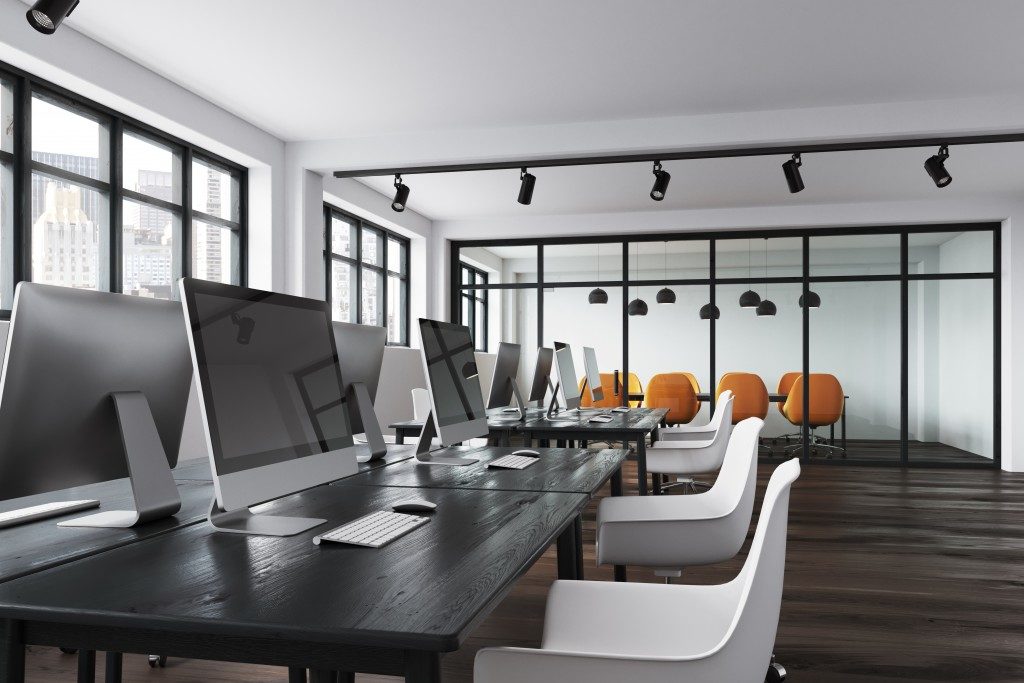Carpal tunnel, muscle strain, and other musculoskeletal disorders (MSDs) are among the most common health hazards in the office. MSDs at the office are oftentimes caused by working long hours with bad posture which is oftentimes due to lack of knowledge and awareness about proper sitting posture, and also non-ergonomic office chairs and tables. MSDs can cause a lot of pain, which can affect an office employee’s demeanour, morale, and productivity, and could even lead to absenteeism — all of which can affect the entire office as a whole.
As such, it’s important for a company/organization to take steps in improving employee posture and comfort byimproving ergonomics and promoting good posture. That said, we’ll be taking a look at tips to help your office improve its ergonomics and the overall health and productivity of its employees:
Proper Training
It’s quite possible that your office has already invested in high quality, ergonomic modern office furniture, but the ergonomic design could only do so much — your ergonomic equipment would end up going to waste if employees don’t practise proper posture. That said, it’s important for you to train both new and old employees about proper work posture, and also in the proper alignment of office furniture and their body. Your employees should know how to adjust their chairs and tables, and how to align their bodies in order to avoid slouching, and awkward/uncomfortable sitting positions.
Have Supervisors Remind Employees of Proper Posture
When the workplace gets hectic, people tend to forget their training. As such, make sure that your supervisors regularly remind employees through email blasts or by putting up posters and infographics on the office floor and pantry with regards to the proper sitting posture. This allows employees to remember their training and avoid reverting to their practice of having poor posture.

Assess and Replace Office Equipment and Furniture
It’s important that you’re able to assess the current office furniture to see whether or not they’re ergonomically designed. Modern office furniture often have ergonomics and style in mind, which is why your older furniture may need to be replaced. Your furniture should be adaptive to different builds and heights of various employees; un-adjustable chairs and tables may be too tall, or too short for certain employees, forcing them to work with bad posture. You can work with ergonomic specialists and consultants to help you assess your furniture and equipment (including keyboards and wrist supports), and find better replacements.
Allow and Encourage Breaks
Prolonged sitting, even with the right posture and ergonomic equipment, can take a toll on one’s body. Allow your employees to take a break and stretch for 5-10 minutes every hour or so. This helps them rest their minds, prevent eye strain from prolonged exposure to the computer and paperwork, and also avoid developing MSDs. Optionally, you can provide include stretching and “desk yoga” in your training, so that employees can perform them during their breaks to relieve mind and body stress.
Conclusion
Providing your employees with ergonomic furniture and an ergonomic workplace shouldn’t be seen as a cost, but as an actual investment as it can help improve productivity and morale, while lowering absenteeism due to MSDs. Lastly, if your employees see that you’re making an effort to make the workplace a lot more comfortable for them, and healthier for their posture (and overall health), they’re more likely to work better and stay in the company/organization.

